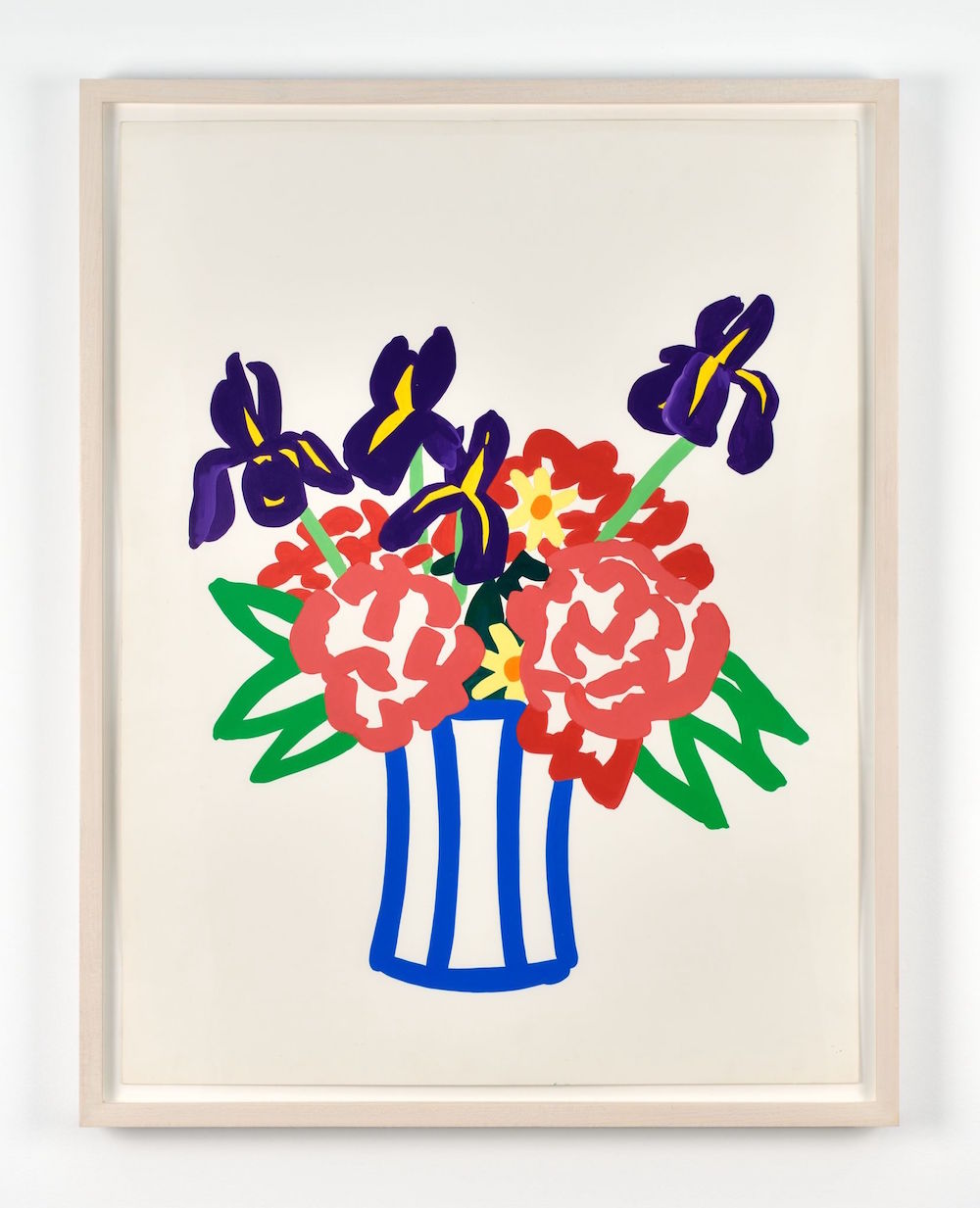
Modest sales at Art Basel’s recent online event “OVR:20C,” which closed October 31, and the first-ever digital version of TEFAF New York, open through tomorrow, may be casting doubt on the value of online-only art fairs.
While TEFAF did see one major sale—a painting of an interior by Danish artist Vilhelm Hammershøi at New York’s Di Donna Gallery for about $5 million—the rest of the event was relatively quiet. More than a half-dozen other TEFAF dealers we reached out to reported “interest” in works they had on offer, but only one other gallery confirmed a sale, Rome’s Galleria Carlo Virgilio and C, which sold Giulio Bargellini’s self-portrait Study for Idyll (1892-95) for an undisclosed price.
Fortunately for dealers, the risk of participating in these events is pretty low. TEFAF does not charge accepted exhibitors anything to participate. Art Basel, meanwhile, charges participants in its online viewing room $5,400 (CHF 5,000).
On Art Basel’s second to last day, fair representatives furnished a list of about 20 sales at various galleries, with a high price around $250,000 for a single work. Among them were: Blum & Poe sold Karel Appel’s painting Out of Nature (1995) for $209,000 (€180,000); Bergamin & Gomide sold a Frans Krajcberg Untitled wood sculpture (1970-79) for $100,000 and Francisco Brennand’s Untitled (1986), consisting of vitrified ceramics, for $30,000; Vadehra Art sold an artist sketchbook of 35 drawings by Ram Kumar (1960) for $100,000; and Kavi Gupta sold a work by Roger Brown for $175,000.
Vilhelm Hammershøi. Interior with a Woman Standing (1913). Photo credit: Courtesy of Di Donna Galleries, New York.
At Art Basel, galleries tended to zero in on influential moments in artists’ careers, as well as key themes that tied multiple artists together. Berlin’s Galerie Thomas Schulte presented 1980s works by Allan McCollum, including four series of mass-produced objects. And Brazil’s Fortes D’Aloia and Gabriel showed “Five Women Artists in Brazil in the 1990s,” including Leda Catunda, Jac Leirner, Beatriz Milhazes, Valeska Soares, and Adriana Varejã.
At TEFAF, the emphasis was on single-object presentations. TEFAF “felt like the most appropriate format” to present the Hammershøi work “to an informed and appreciative audience,” dealer Emmanuel Di Donna said, adding that the painting sold to an existing client who “came to know about this work through our outreach for TEFAF Online.”
“We specifically wanted to re-contextualize the discussion around the artist,” Di Donna said. “He is often venerated as an inheritor of the tradition of Dutch genre painting, specifically Vermeer, but we wanted to point out the bold modernism in a late work such as this by Hammershøi and its relationship to minimalism in 20th-century American art, such as the work of Agnes Martin and Mark Rothko.”
Francisco Brennand, Untitled (1986). Image courtesy of Bergamin & Gomide, Sao Paulo